China's Golden Reset: Smarter, Greener, and Looking Outward
China is undertaking a sweeping transformation of its gold industry, one that promises to reshape not only its domestic industrial architecture but also its role in global resource markets. With the release of the 2025–2027 Action Plan for High-Quality Development of the Gold Industry, the world's largest gold producer and consumer is shifting gears—from volume to value, from fragmented growth to integrated modernization, and from inward focus to outward engagement.
Issued jointly by nine ministerial agencies, including the Ministry of Industry and Information Technology and the National Development and Reform Commission, the action plan lays out a clear agenda: to build a technologically advanced, environmentally responsible, and globally integrated gold industry within the next decade. For foreign investors, mining technology companies, and global commodity traders, this transformation opens the door to new forms of collaboration—both upstream and downstream.

At the heart of the initiative is China's acknowledgement that its historical strength in gold output masks a series of vulnerabilities: dispersed resources, uneven ore quality, lagging innovation capacity in ultra-deep mining, and limited application of green and digital technologies. In 2024, China produced 377.24 tonnes of gold and consumed 985.31 tonnes, maintaining its global lead. Yet the underlying resource structure remains fragmented, with small and medium-sized mines dominating production and high-grade reserves in decline. This duality—industrial dominance versus structural fragility—forms the strategic rationale for the new plan.
Rather than addressing resource issues through expansion alone, the plan redefines the production logic. Exploration will be targeted, but equally emphasized are the reuse of secondary resources, including tailings and urban e-waste, and the application of low-grade ore processing technologies. For foreign engineering firms and tech startups offering modular recovery systems or specialized leaching technologies, this is an open invitation. China's appetite is not only for gold—but for the tools that can extract more from less, and do so sustainably.
Perhaps the most significant shift is the central role assigned to innovation. The plan calls for breakthroughs in key enabling technologies—cyanide-free extraction, deep geological exploration, precision ore body modeling, and new classes of high-purity gold and silver materials for use in aerospace and microelectronics. These are not merely industrial upgrades; they represent an overt attempt to reposition gold not just as a commodity, but as a strategic input in advanced manufacturing.
This orientation has immediate implications for foreign firms operating in or around the gold value chain. China is no longer just a destination for raw inputs or a source of bullion—it is rapidly becoming a buyer of high-end equipment, IP, and talent. The plan encourages tailored equipment solutions for smaller mines, collaborative R&D between manufacturers and downstream users, and the creation of technology alliances across borders. For foreign companies with cutting-edge expertise, China is offering a pathway to participate in an industrial upgrade at scale, backed by public capital and long-term policy consistency.
Another important dimension is the plan's focus on consolidation. China's gold sector has long been characterized by the “many-small-fragmented” model, limiting efficiency and technological diffusion. This is set to change. The new blueprint promotes the formation of regionally integrated mining hubs, encourages corporate mergers driven by capital rather than administrative fiat, and supports the emergence of globally competitive champions in specialized gold-based materials. As this consolidation proceeds, international financial institutions may find new opportunities to support M&A activity, joint ventures, or cross-border listings involving Chinese gold firms with rising ambitions.
Digital transformation forms a parallel track. From digital twins and 3D geological modeling to AI-driven resource estimation and autonomous mining operations, the plan embeds automation into the core of future mining activity. China aims not only to modernize physical infrastructure, but to make the gold mine of the future one that operates with minimal human intervention and real-time data feedback. This move aligns closely with trends in the Australian and Canadian mining sectors and creates fertile ground for digital platform providers, robotics firms, and AI simulation developers looking to scale into Asia.
The environmental dimension is no less pronounced. In contrast to earlier development cycles that placed limited emphasis on remediation, the plan sets clear targets for zero-hazard tailing processing, full-cycle waste utilization, and ecosystem-compatible operations. Green certification of mines, standardized ESG protocols, and improved traceability mechanisms are all part of the new architecture. This shift creates both reputational alignment with global sustainability norms and practical opportunities for foreign ESG consultants, environmental auditors, and technology firms focused on low-impact extraction.
Where the action plan becomes truly global in scope is its outward-facing posture. It explicitly supports high-quality overseas investment, long-term supply agreements with foreign mining firms, and the extension of Chinese technological standards and services to international partners. For resource-rich economies in Africa, Central Asia, and Latin America, this suggests continued Chinese capital inflow, but with a stronger focus on integrated operations and ESG compliance. For foreign firms, it signals the possibility of joining Sino-led projects as technology partners, service providers, or structured financiers—provided they can demonstrate alignment with China's technical and sustainability benchmarks.
Crucially, the plan advocates for the harmonization of standards and the development of a responsible gold sourcing framework that may eventually feed into global certification regimes. This hints at China's broader ambition to play a more active role in shaping the rules—not just the flows—of global precious metal markets. For multinational traders and institutions already adapting to enhanced due diligence requirements from the OECD and the London Bullion Market Association, this convergence may reduce compliance friction and promote interoperability.
The supporting policy ecosystem is also worth noting. The plan outlines coordinated financial, investment, and regulatory support—from project financing and insurance to public R&D grants. Provinces with strong gold mining activity are encouraged to incorporate the plan's goals into their industrial strategies. This combination of central planning and regional execution has the potential to fast-track implementation and ensure predictable timelines for foreign collaborators.
For foreign business leaders watching China's industrial trajectory, this gold industry reset is emblematic of a broader trend: the move from scale to sophistication. It reflects a willingness to open select sectors to international cooperation—not out of necessity, but as a strategic choice to acquire global best practices and embed them within a Chinese-led system.
In that sense, this is less a gold rush, and more a gold rebalancing. One that favors those who come not merely to sell, but to build; not only to extract, but to transform.









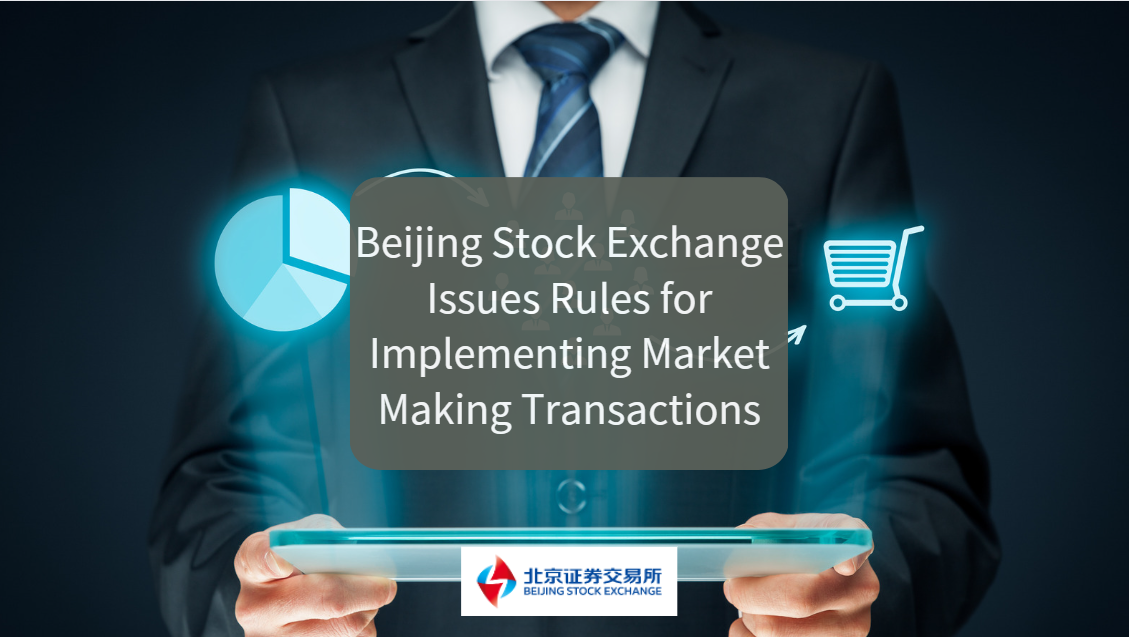


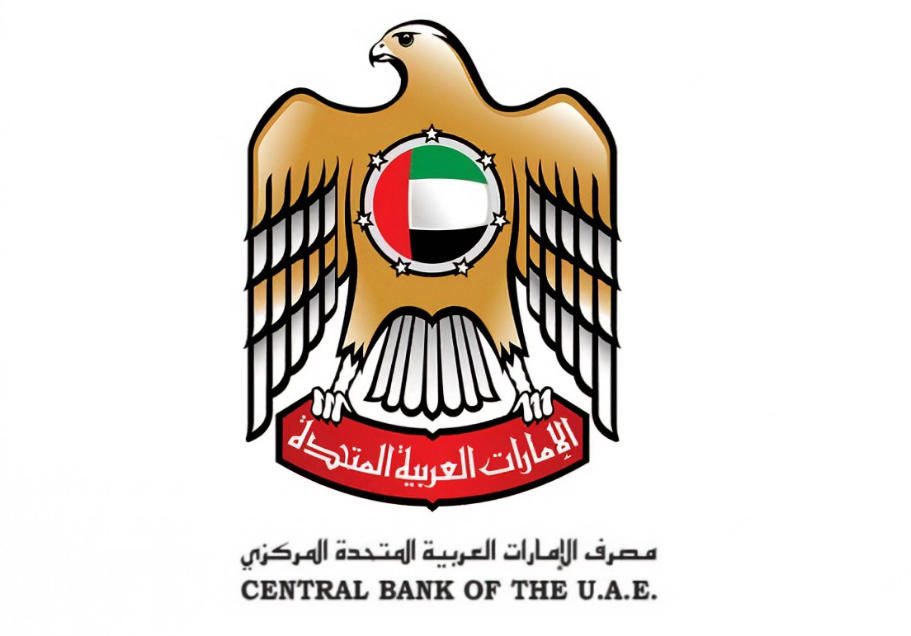
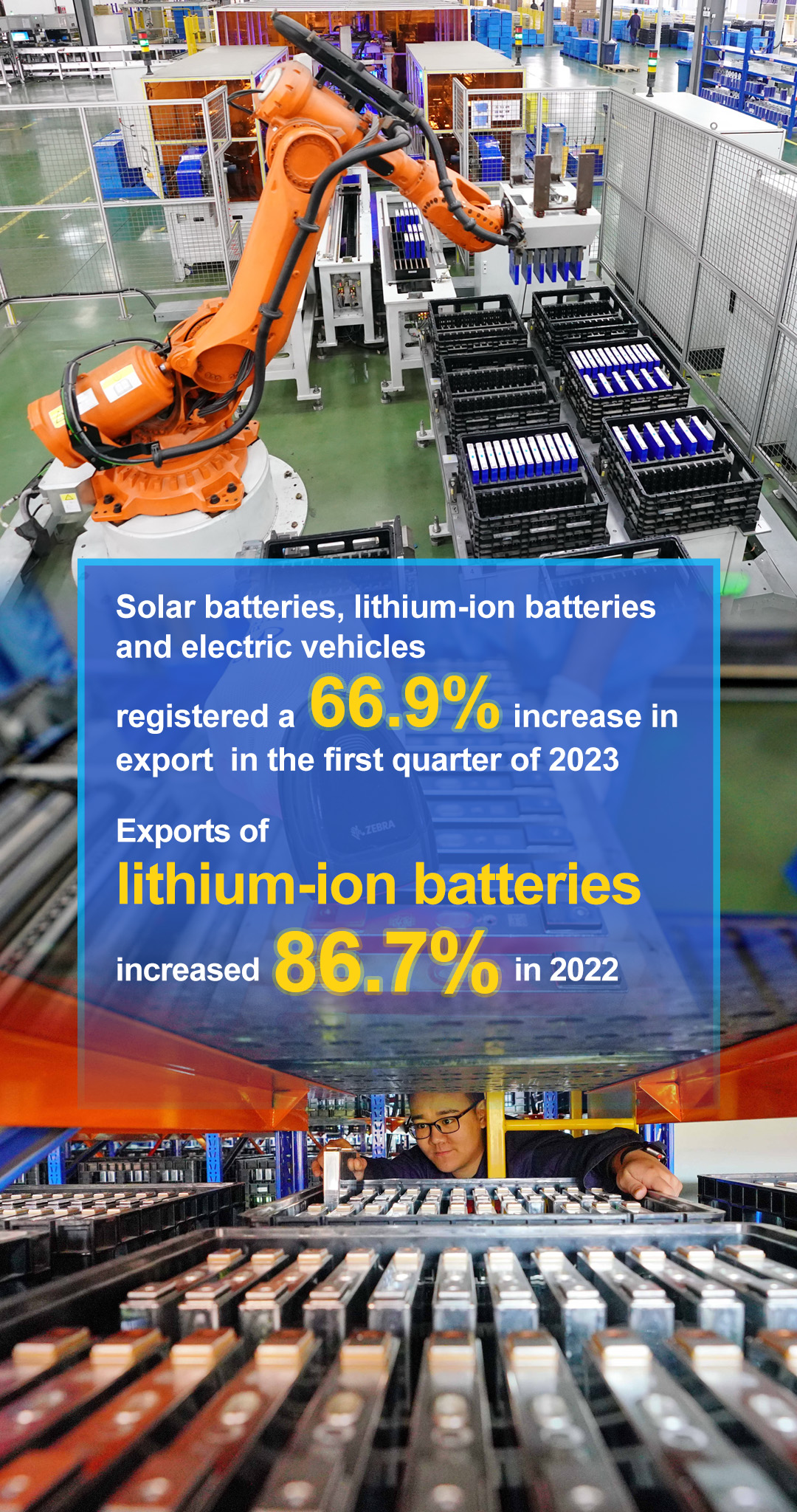



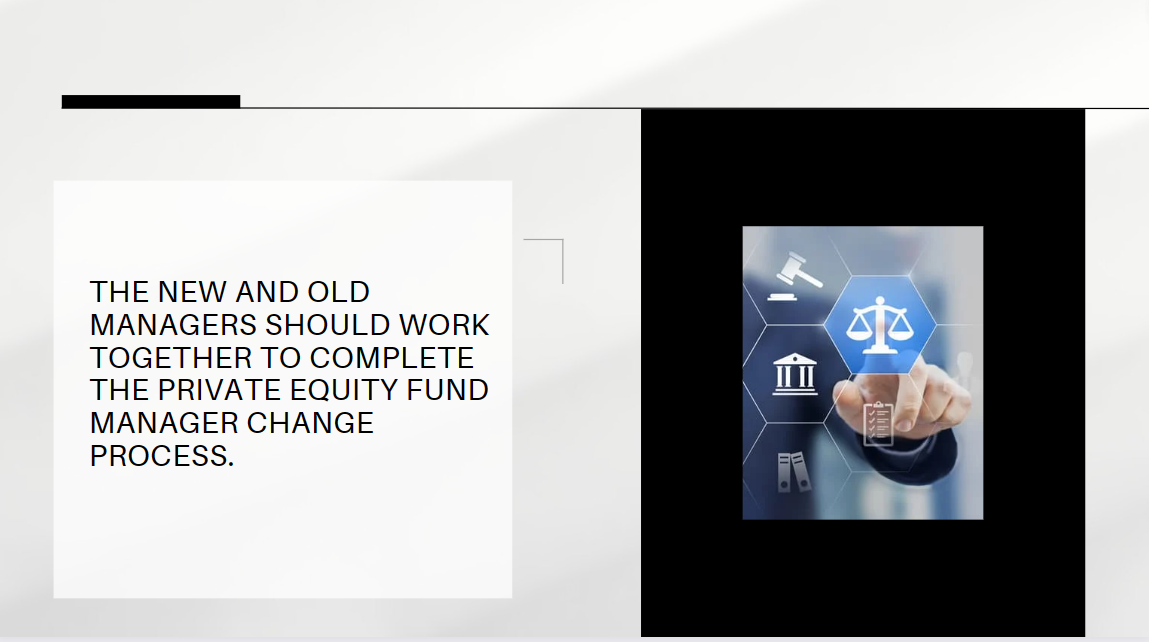

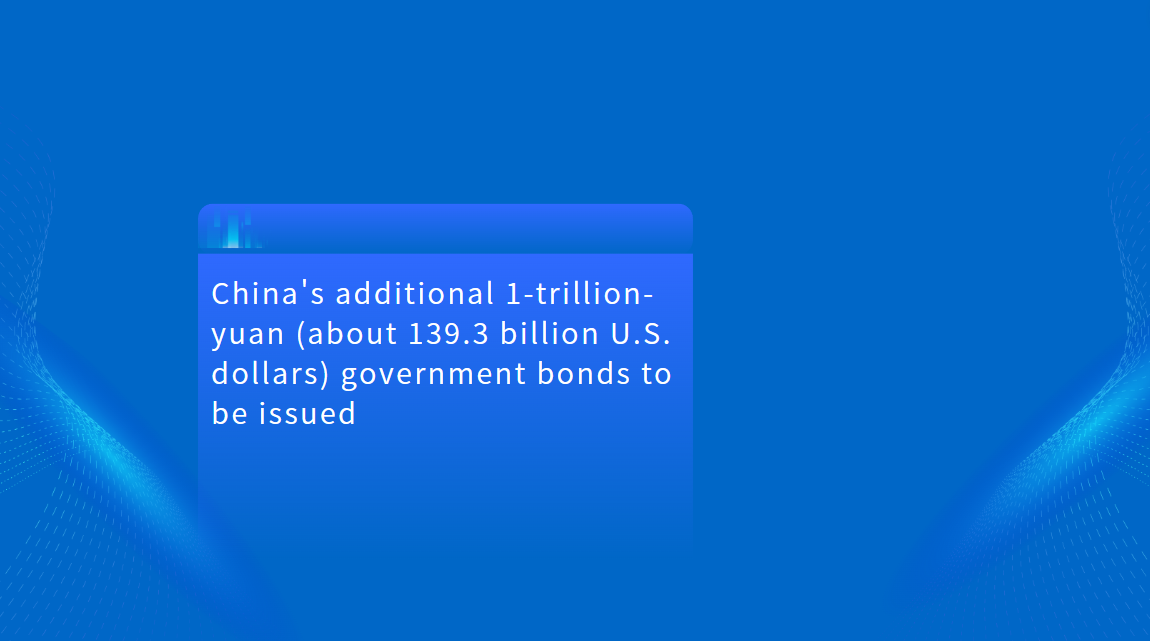





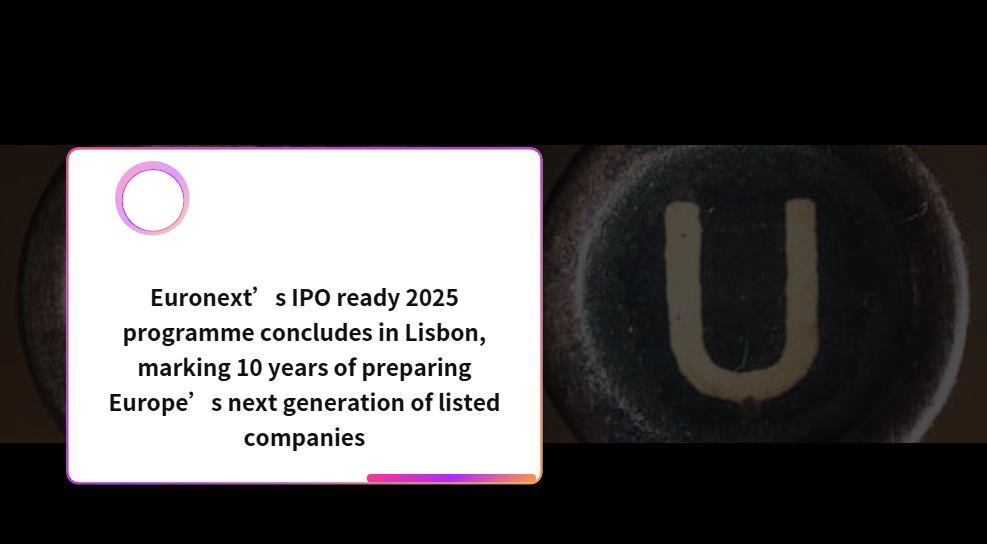



























First, please LoginComment After ~